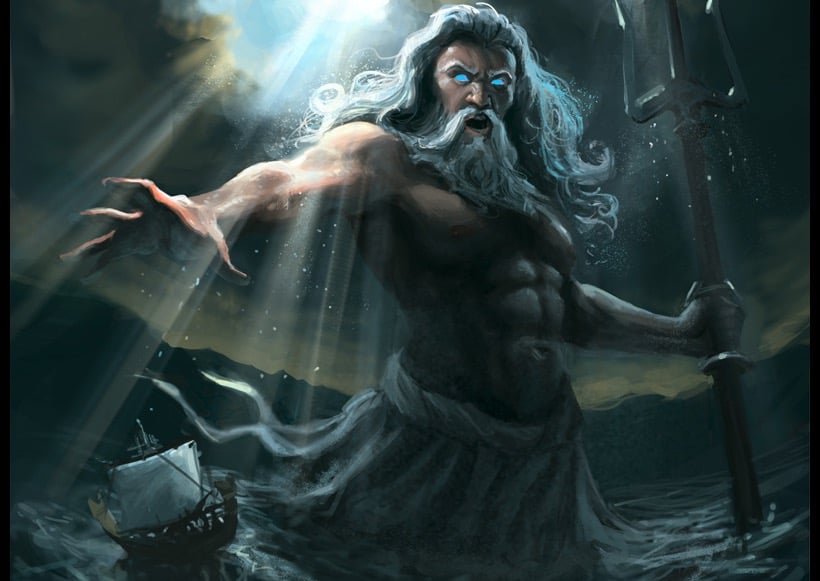Neptune is named after the roman god of the sea and its 14 moons are named after lesser sea gods and nymphs from greek mythology

Neptune and Its Mythological Moons
Neptune, the eighth and farthest known planet from the Sun, is an intriguing celestial body in our solar system. Named after the powerful Roman god of the sea, Neptune has captivated astronomers and enthusiasts alike for centuries. This blue-hued giant holds many secrets, including its captivating system of 14 moons, each named after lesser-known sea gods and nymphs from Greek mythology.
Neptune’s naming convention for its moons adds a touch of mythology to our understanding of the universe. These names not only enhance our fascination but also provide insight into the historical and cultural significance of the Roman and Greek civilizations.
Neptune: The God of the Sea

In Roman mythology, Neptune, known as Poseidon in Greek mythology, ruled over the vastness of the sea. As the brother of Jupiter (Zeus) and Pluto (Hades), Neptune held great power and control over the tempestuous waters. He was typically depicted with a trident, symbolizing his dominion and ability to create or calm storms at will.
The planet Neptune, with its beautiful deep-blue color, encapsulates the essence of the sea god. Discovered in 1846, the planet’s striking appearance prompted astronomers to select the name “Neptune” in honor of the Roman god, staying true to the tradition of naming planets after deities.
The Mythological Moon Names

Neptune’s system of 14 moons is an intriguing ensemble, each named after a lesser sea god or nymph from Greek mythology. These names offer a remarkable glimpse into the rich tapestry of ancient Greek legends.
Some of the fascinating moons associated with particular stories and characters include:
Triton: The largest of Neptune’s moons, Triton is named after the son of Poseidon and Amphitrite. Known for his control over the sea and ability to calm its waters, Triton’s name befits a moon that orbits the mighty Neptune.
Proteus: Named after a prophetic sea god who could change his shape at will, Proteus embodies the mysterious and unpredictable nature of these distant celestial bodies.
Nereid: In Greek mythology, the Nereids were sea nymphs who accompanied Poseidon. The name “Nereid” captures the essence of the moon as it gracefully dances in its orbit around Neptune.
By bestowing these mythological names upon its moons, Neptune bridges the gap between ancient legends and our modern pursuit of knowledge. It reminds us of the vastness and interconnectedness of our universe, while paying homage to the cultures that have shaped our historical understanding.
For more information about Neptune and its moons, you can visit the NASA Solar System Exploration webpage. The page provides comprehensive details, images, and scientific knowledge to satisfy your curiosity.
So next time you marvel at the brilliance of the night sky, remember that even the celestial bodies themselves honor the storied history of human mythology.
Related Posts
Quick Links
Legal Stuff

